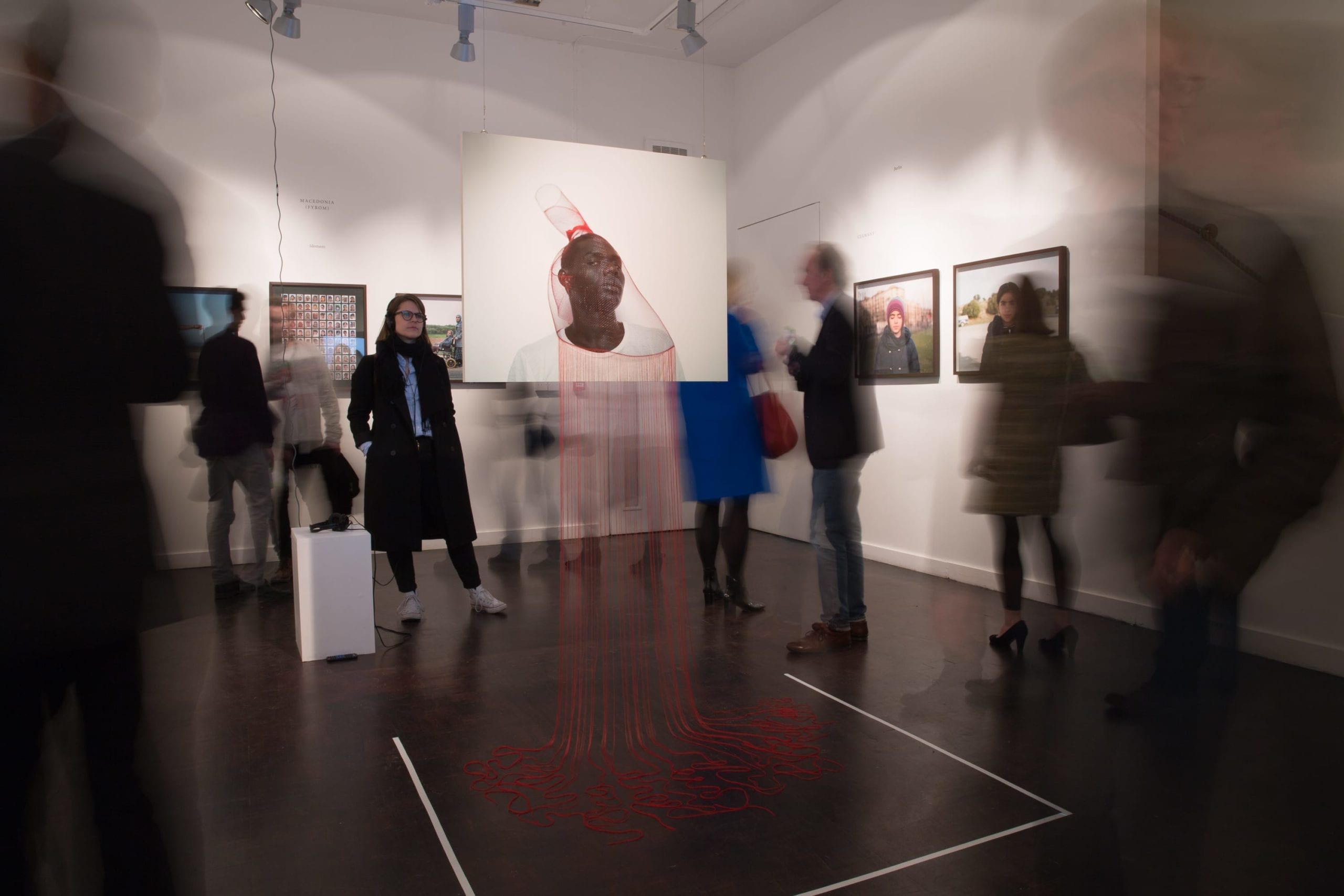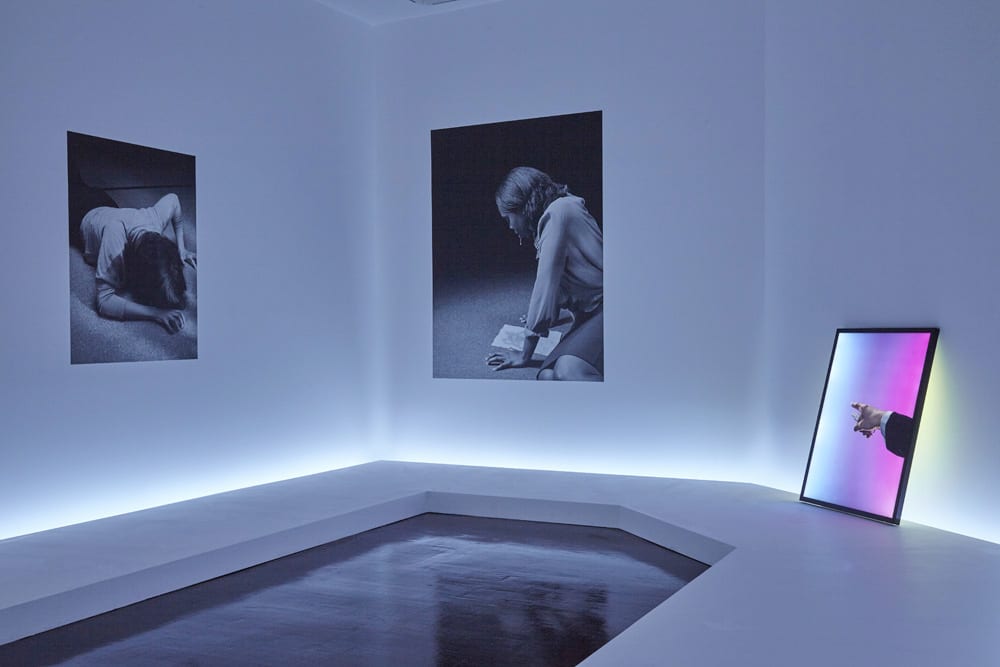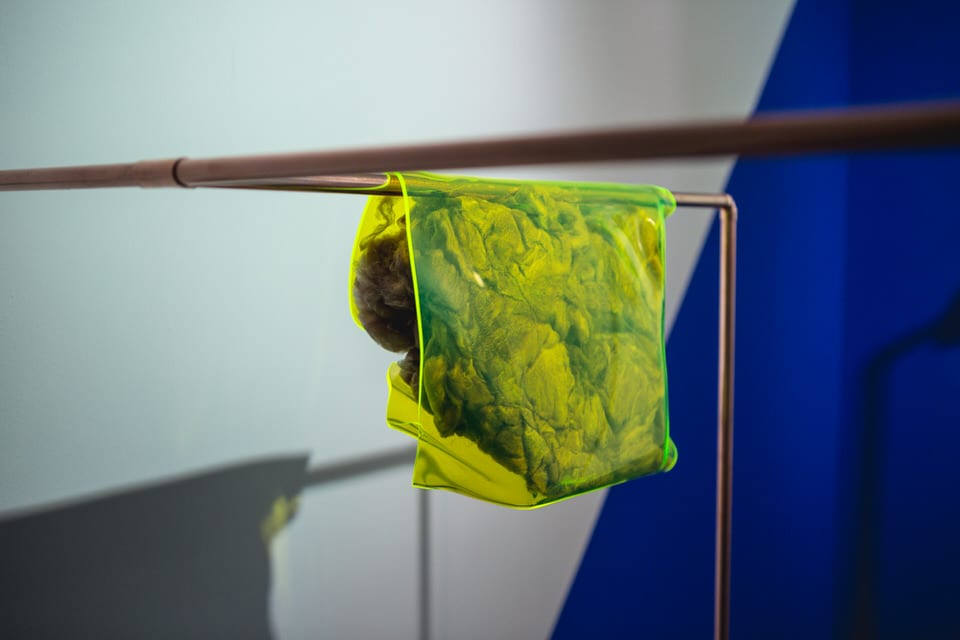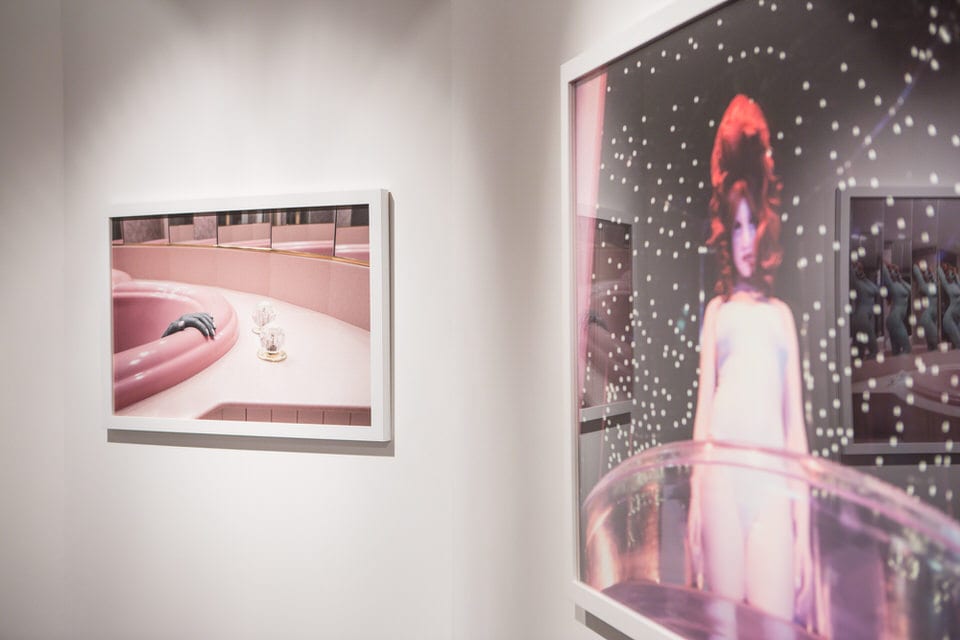Since 1991, British curator and cultural historian Mark Sealy has been the director of Autograph ABP (the Association of Black Photographers), a charity dedicated to advocating the inclusion of historically marginalised photographic practices, which champions work investigating issues around cultural identity, race, representation and human rights. Along with organising major exhibitions and residency projects, Sealy is also responsible for commissioning photographers and filmmakers for the organisation.
Outside of ABP, Sealy has contributed to numerous major photography exhibitions and publications. His work includes an audio visual programme for Rencontres d’Arles in 1993, and Human Rights Human Wrongs, an exhibition which showcased a selection of work from the Black Star Collection of 20th century photojournalism, and the publication Different (Phaidon 2001), co-authored with Stuart Hall.
In 2007, Sealy received the Hood Medal from the Royal Photographic Society and, in January 2013, he was awarded an MBE for his services to photography. Sealy gained his PhD from Durham University, where his research focused on photography and cultural violence.
With only one week left to enter the International Photography Award 2018, Sealy offers his perspective on what kind of work makes for a powerful solo exhibition. Submit to the International Photography Award 2018 today for the opportunity to have your own solo show at the leading London gallery, TJ Boulting.

The most important thing is what people have got to say, that’s the kind of stuff that stands out. If you are putting together a submission for a competition, how you present the work is very important as often the project statement won’t match what the work actually does.
It’s also not enough as an artist to just have your wonderful aesthetic, and to be appraised and celebrated for that. Your work should also help people.
There’s a lot of stuff out there that’s not really worth investing in. I think the most important metaphor to keep in mind is if it was a language, and people were writing, what would it be contributing to our sense of literacy.
What is the importance of the solo exhibition for both emerging and established photographers?
For an established photographer, a solo exhibition offers an opportunity for reflection. It’s also a way of reminding people about the past work you have produced to become established.
For emerging photographers, a solo exhibition offers a way to gain exposure; if you can get a solo show, use it in the best possible way you can.

As a curator, trying to offer an objective perspective is what’s really important. Well-curated shows are not about the curator, they’re about the artist and really trying to get the best out of them, no matter what stage they’re at in their career. The most successfully curated shows are where the relationship between the photographer or artist and the curator is very, very, very intimate; where people are honest about what they’re trying to do.
One of the mistakes that younger generation photographers make is trying to approach more established curators about their work, hoping that they’ll be interested in it. Relationships between curators and practitioners take years to develop. I would advise photographers to seek out curators who are likely to have a curatorial empathy with their work, not because of their position within an institution.
Especially for younger artists, make sure to read what curators have done before. Curators all have that special place they like to occupy. So, if there’s someone, for instance, who’s interested in working with mid-20th century photography, there’s probably not much point you trying to engage with them as an emerging practitioner.
Don’t see curators as people to step through, but as people to collaborate with.

What have been some of the most important solo exhibitions?
About 20 years ago, when I saw Cocaine True, Cocaine Blue by Eugene Richards, there was a fundamental understanding that the documentary tradition was alive and well. That was quite a transformative moment for me in terms of seeing his work, and the importance of documenting drug abuse in African-American lives. That was a shocking thing.
On a more celebratory note, it wasn’t a solo show, but seeing Ernest Cole’s work at the Barbican as part of a wider show. The rooms were segmented so each artist had almost a mini solo show as part of the wider exhibition. His House of Bondage work reminded me how important that work was in relation to the history and visual understanding of Apartheid.

